1. Emergency Preparedness Plans Are Key
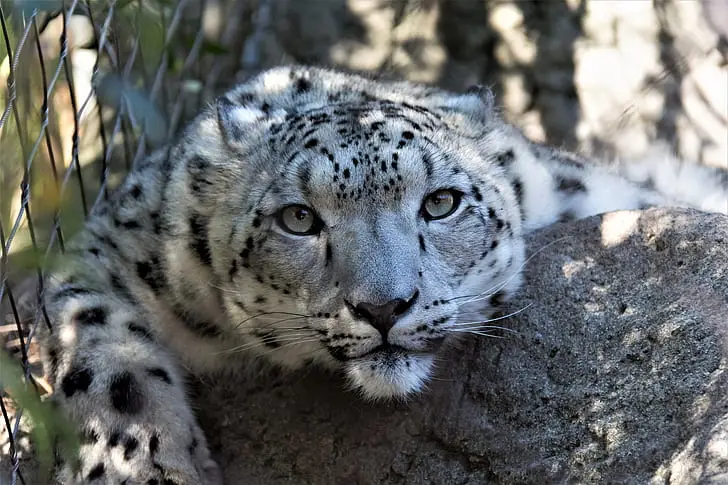
Zoos like the Los Angeles Zoo have detailed emergency preparedness plans that are critical in ensuring the safety of animals during wildfires. These plans are reviewed and updated annually to reflect the latest risks, resources, and best practices. A dedicated team of trained staff members forms the zoo’s emergency response unit, ready to act at a moment’s notice. Regular fire drills are conducted to keep staff familiar with the procedures and identify areas for improvement. The plans include protocols for communication, resource allocation, and collaboration with external agencies. By having a well-structured plan in place, zoos can respond quickly and effectively to any wildfire threat. Staff also undergo specialized training to handle the unique challenges of protecting diverse animal species during emergencies. The goal is to minimize confusion and delays, ensuring a smooth execution of safety measures. A strong preparedness foundation sets the stage for a coordinated response when wildfires strike.
2. Evacuation Is a Last Resort
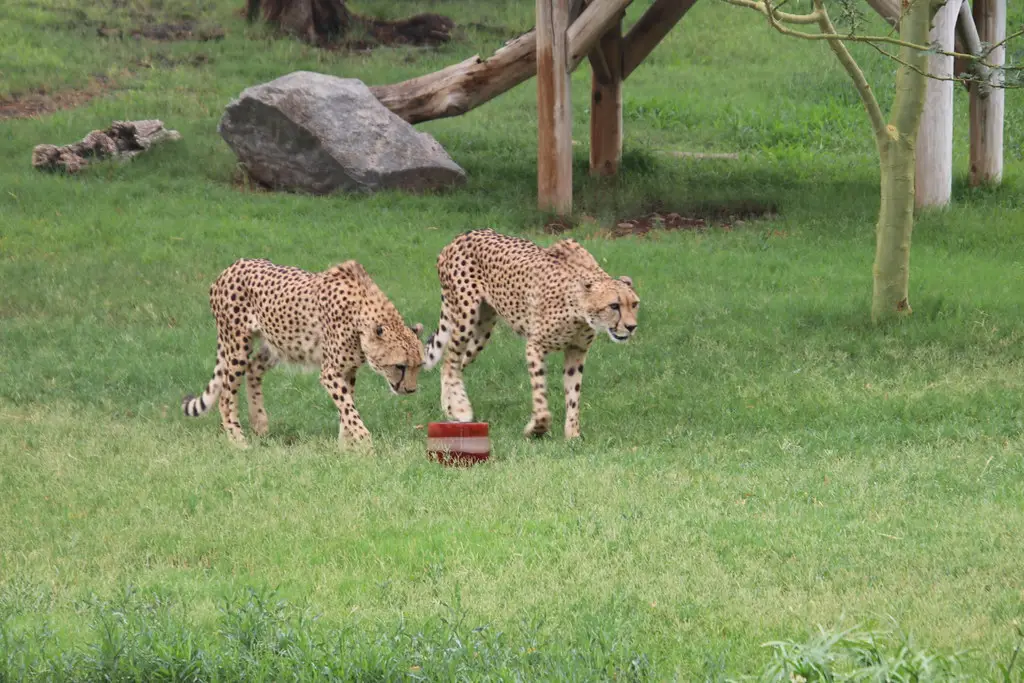
Evacuating animals during wildfires is considered a last resort due to the risks and challenges involved. Transporting animals can be highly stressful, and the logistics of moving large or dangerous species add complexity. Most zoos prioritize sheltering animals in place by designing enclosures with fire-resistant materials and safety zones. These zones are strategically located and equipped with water systems and barriers to provide protection during a fire. When evacuation is unavoidable, animals are prioritized based on their vulnerability, size, and transportation requirements. Smaller and more mobile animals may be evacuated first, while larger species remain in fortified enclosures. Specialized teams oversee the evacuation process to ensure the safety of both the animals and staff. Additionally, contingency plans include pre-identified safe locations where animals can be temporarily housed. Zoos strive to balance the need for evacuation with minimizing stress on the animals, carefully weighing all options before taking action.
3. On-Site Safety Measures
Many zoos invest heavily in fire mitigation strategies to enhance safety and reduce the likelihood of evacuation. One key measure is the creation of firebreaks, which involve clearing vegetation around the zoo to create a buffer zone. This reduces the risk of flames spreading into animal enclosures. Zoos also install advanced water systems, including reservoirs and sprinkler systems, to suppress fires and protect critical areas. These systems can be activated quickly to contain flames and cool surrounding structures. Enclosures are designed with fire-resistant materials and equipped with emergency barriers to keep animals safe. Regular maintenance of these systems ensures they function effectively during an emergency. Zoos also collaborate with fire safety experts to assess risks and implement additional safety measures as needed. On-site safety strategies play a crucial role in protecting animals, reducing reliance on evacuation, and ensuring a rapid response to wildfires.
4. Specialized Transport Equipment
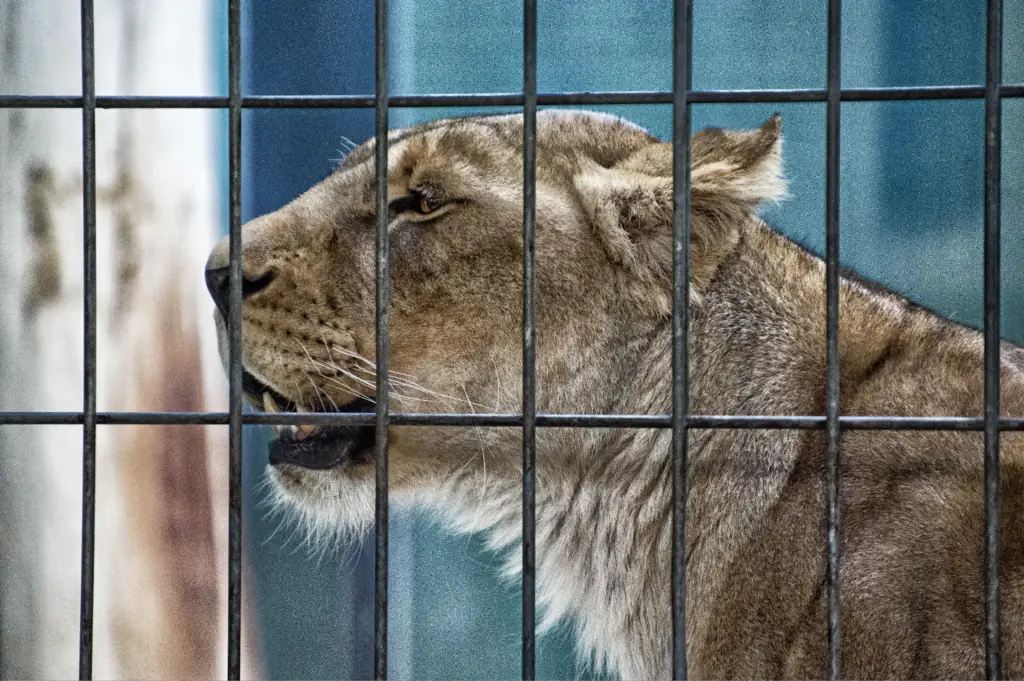
For situations where evacuation becomes necessary, zoos rely on specialized transport equipment to move animals safely. Species-specific crates and carriers are designed to ensure the comfort and security of each animal during transport. These carriers are equipped with ventilation systems and padding to minimize stress and injuries. Staff members are trained in handling animals during transport, ensuring that the process is as smooth as possible. Pre-determined routes and alternate paths are mapped out to avoid delays and hazards during evacuation. Large vehicles are used to transport multiple animals or larger species, with careful planning to accommodate their needs. Veterinary staff are on hand to monitor the animals’ health throughout the journey. Zoos also conduct regular drills to test the efficiency of their transport procedures. By investing in specialized equipment and training, zoos can execute evacuations with precision and care, prioritizing the welfare of their animals.
5. Collaboration With Local Authorities
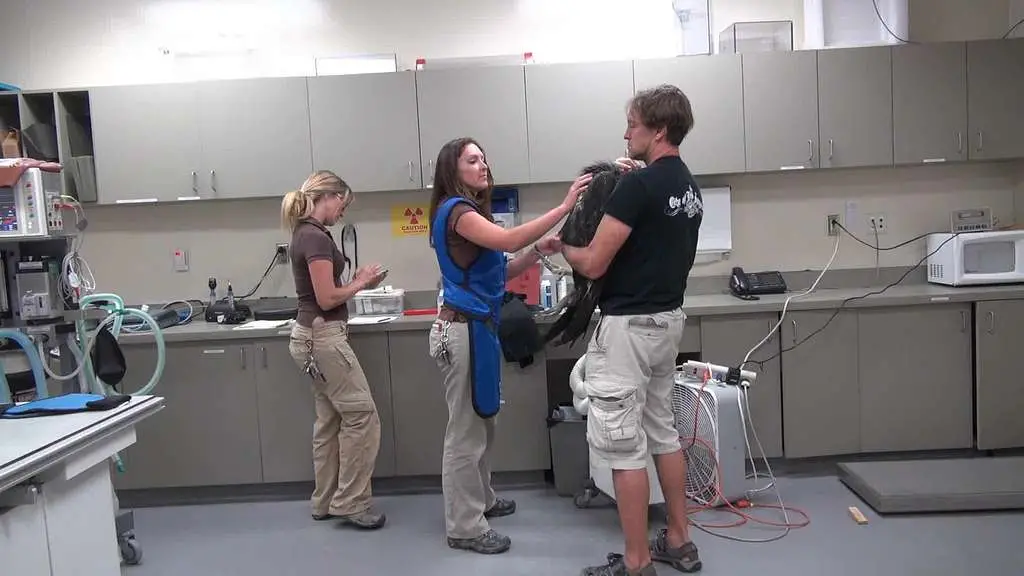
Zoos work closely with local authorities, including fire departments, wildlife agencies, and emergency services, to coordinate their wildfire response efforts. This collaboration ensures that zoos have access to real-time updates on fire conditions and can adapt their strategies accordingly. Firefighters and emergency personnel may assist with on-site fire suppression and evacuation efforts if needed. Mutual aid agreements with other zoos and wildlife facilities provide additional resources and temporary housing for evacuated animals. Regular communication with local authorities helps zoos stay informed about evacuation orders, road closures, and other critical information. These partnerships are built on trust and mutual understanding, with regular meetings and joint training exercises to strengthen coordination. By fostering strong relationships with local agencies, zoos enhance their ability to respond effectively to wildfires and protect their animal residents.
6. Animal Behavior Monitoring
During wildfires, the stress from smoke, noise, and environmental changes can significantly impact animal behavior and health. Zoos use monitoring systems, such as cameras and sensors, to track animal behavior and identify signs of distress. Behavioral changes, such as pacing, vocalizations, or decreased appetite, may indicate stress or discomfort. Veterinary teams are on standby to provide medical support and stress-relief measures, such as sedation or specialized care. Enclosures are equipped with ventilation systems to reduce smoke exposure and maintain air quality. Staff members closely observe animals for any signs of respiratory issues or other health concerns. Regular updates are provided to management teams to ensure that all animals receive the care they need. Monitoring animal behavior helps zoos address stress-related issues promptly and ensures the well-being of their residents during wildfire emergencies.
7. Community Support Plays a Role
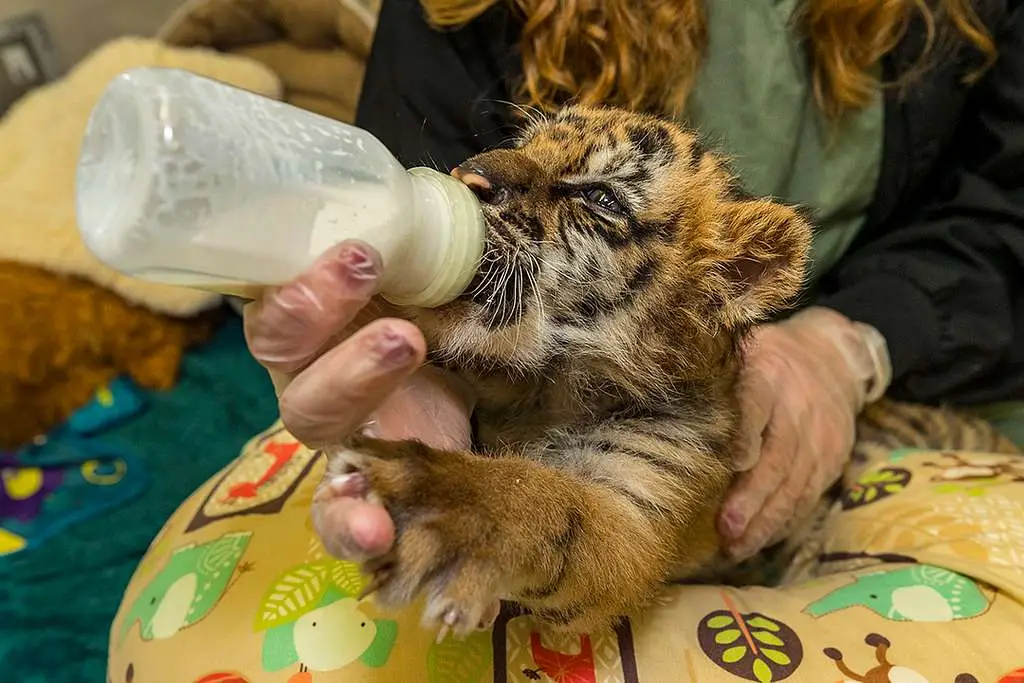
Local communities play a vital role in supporting zoos during and after wildfire emergencies. Volunteers often assist with logistics, such as setting up temporary shelters or distributing supplies. Community donations help cover the costs of equipment, transport, and veterinary care. Zoos also engage with the public through social media and outreach programs to raise awareness about their needs during crises. Fundraising efforts may include online campaigns, events, or partnerships with local businesses. Community members may also provide valuable resources, such as transportation or expertise, to aid in the zoo’s response efforts. By fostering a strong connection with the community, zoos can access additional support and resources to protect their animals. This collaboration highlights the importance of collective efforts in overcoming the challenges posed by wildfires.
8. Lessons Learned From Past Events

Each wildfire incident provides zoos with valuable lessons to improve their emergency response strategies. Case studies from previous events are analyzed to identify strengths and areas for improvement. For example, zoos may refine evacuation plans based on the challenges faced during a past fire. Continuous improvement efforts include integrating new technology, such as drone surveillance or advanced fire suppression systems. Staff training programs are updated to reflect the latest best practices and lessons learned. Zoos also share their experiences with other institutions to contribute to a broader understanding of wildfire response. By learning from past incidents, zoos can enhance their preparedness and resilience, ensuring better outcomes for their animals in the future. These ongoing efforts demonstrate a commitment to protecting animals and adapting to the ever-present threat of wildfires.


